INTERVIEW WITH FR LUDWE JAYIYA, SOUTH AFRICA •
When Pope Francis met with his fellow Jesuits during his recent visit to Peru, one of the elder members asked him what he, as Pope and Jesuit, expected from them at this moment in the Church. His answer was brief and clear: “Vatican II.” Only a few days earlier, I had interviewed a young priest from South Africa, Fr. Ludwe Jayiya, parish priest in Port Elizabeth`s Mater Dei parish, who had spent all, literally all his savings (priests in South Africa do not get a salary) to travel to Schoenstatt and join a meeting of the Priests’ Federation. I asked him what he thought Father Kentenich was expecting from Schoenstatt at this moment in its history, and his answer was: “Vatican II, just Vatican II, but really Vatican II.”
What makes a young South African priest, who is preparing to celebrate his 12th ordination anniversary on 18 February, invest so much to be in Schoenstatt and commit his life to Schoenstatt’s mission? As we talked, it became crystal clear – a personal vocation, a deep spiritual unity with Pope Francis and Father Kentenich, and a Shrine, specifically, South Africa`s Mother Shrine, the Shrine in Cathcart.
Vocation Discernment
“I grew up in Cathcart,” he shared, “and received catechism classes from the Sisters. Fr. Schneider was the parish priest and took care of the Shrine, and these people and their testimony of faith formed me profoundly.”
In 2006, a few months after his priestly ordination, he had the privilege to visit Schoenstatt and seal his Covenant of Love in the Original Shrine, on 19 September, and thus joined the Priests’ League. Mons. Hermann Gebert guided him into Schoenstatt`s priestly spirituality, and Fathers Bernhard Mucha and Karl Ebner kept personal contact and even visited South Africa to enhance organic growth. “Peter Wolf`s reading materials were a big help; it is a privilege to associate with someone that has such a rich experience.”
A group of Schoenstatt priests formed in the shadow of the Shrine in Cathcart with enriching monthly meetings. “I always had the longing to go again to Schoenstatt and feel the universality of the Movement, to learn more, and give more.” He felt that the Priests’ Federation was his vocation, and although there is no other Priest in South Africa who belongs to the Federation, he wants to try, thankful for being invited by the youngest German course of the Federation to join them.
Why is Father Kentenich important for you?
“Father Kentenich wanted to form people, he wanted to form free, strong, priestly characters – and he himself was this type of a person. He did not form people according to an ideal if he himself would not incorporate it. That makes him credible and authentic.”
His mission is for today and for the future, and it is for South Africa, Fr. Ludwe stated. Why?
“He is Vatican II in person, he embodies Vatican II, and this is what he expects from us. I see that this man was able to deal with the wounds of his past, he overcame the deep wound of not having a father. He never had a father, but he became a father to the movement and he drew people to God, the Father. He was a real modern man and was able to show modern man as much as we are broken that we can still invest and positively contribute in life. We are all broken, but we are not made by the misfortunes of life.
He is what Pope Francis demands: looking for a priest with smell of sheep. He lived the message that the Pope is talking about.
Father Kentenich was there with the people, he was this field hospital. That means: Schoenstatt must be at the center of people’s lives, to heal the wounds of the past and develop their character.”
Schoenstatt a field hospital for the wounded people of our time
How does and how should Schoenstatt fulfill this mission of a field hospital according to the model given by Father Kentenich?
“Yes, Schoenstatt does fulfill this mission,” Father Ludwe answered. “But it depends on characters. There are still some characters that stay with the intellectual side of the idea, they discuss and they study it, but are not practical about it. The challenge is to set out, getting to the people.”
Pope Francis’ life and message, Father Kentenich’s life and message, a time span of 50, of 100 years and such congruity? “I think Father Kentenich was ahead of his time,” Fr. Ludwe stated. “He was concerned about the wounds of people when this was not an issue in the Church. For me, being from South Africa, it is especially a healing message for the young people who have no fathers, for the fatherless families. The message of Father Kentenich for these young people in South Africa would be real. A fatherless family brings a lot of poverty and hurt.”
What can Schoenstatt do in South Africa, then? “It needs to come and change the outlook of our people in South Africa through living this Father Kentenich’s ideal, not only talking about it. Schoenstatt members must live the Kentenich vocation. It makes a difference when we live the vocation. We have lots of leaders in the Church that bring a lot of theory, but practice is zero. And here comes Pope Francis. He is asking to engage with people, to live with the people, to hear and feel the heartbeat of people. People must come first and the rest will follow. The message of the Gospel for the people of South Africa must bring joy to the people, not sorrow, not the fear that Church would judge people. I understand Pope Francis as a man who wants us not to judge people but to heal their wounds.”
Respect for lay people and their expertise
What else does he find inspiring and challenging from Father Kentenich`s life and message?
“So much,” he said, and then, seriously, added: “We as Church, and now I talk about clerics, still have a real big problem in the way we use lay people`s expertise. We want to keep control. And so, instead of using their expertise and working well with them, we try to compete with them, and we always want to be the center and claim teacher-ship – and as long as we do that, we will not get a good collaboration with lay people. This competition is bad, really bad. The Church has still a long way to go, and we need to change the way we do things. We need to value the richness of the lay people. The Church is not the priest, the Church is not the teaching and preaching, the Church are the people, and we do not allow the people to share their gifts with us, we are killing the future of the Church.”
How can the Church become a friend of youth?
The Church prepares for the Youth Synod in October – a synod being held few weeks after the 50th anniversary of Father Kentenich`s death and coinciding with the 100th anniversary of Joseph Engling`s death. A message for us?
“According to my experience, young people believe they do not have a place in Church. We are not listening to the young people. Young people face a lot of challenges, and instead of listening to them, we bring more rules to them and tell them what to do. But we are not listening to them.”
“Church in general as well as Schoenstatt need to ask themselves: What do young people need? How can we help them?” said Fr. Ludwe. “In South Africa, we are losing a lot of young people due to AIDS. Some do not talk about it for fear of being judged.
We have a big problem of drugs, and young people will not open up, afraid to be judged. They do not see the Church as that instrument to bring healing to them. They do not see the Church as a friend. They do not find joy in the Church.”
A Schoenstatt Priest serving youth
What can a Schoenstatt priest working in a parish do for young people, from Father Kentenich`s vision, from the Covenant, to make young people experience Church as a friend?
Fr. Ludwe laughed and answered: “Time. I offer them time, my time. I play with them, I celebrate with them, I listen to them without judging. When I see that they do not come for Mass, I take an initiative to go and see them. When they come for Mass, I acknowledge their presence. Then I involve them in the life of the Church, giving them a role to play in the Stations of the Cross, the Passion of Christ or whatever, and I make a big fuss about it!”
He was supposed to be with the young people of the parish in the traditional three-day camp at the end of the year but could not as he was in Germany. Meanwhile back in South Africa, the first thing to do was an activity with the parish youth.
“I joke and laugh with them, do not condemn their mistakes, I show that I love their company. And I do not only ask them about Church things, but show interest in their social life, in their studies.” He smiled. “I am simply their friend, as Father Kentenich was his young people’s friend. And that is Vatican II.”
Interviewer: Maria Fischer. English edition: Melissa Peña-Janknegt, Elgin, TX USA


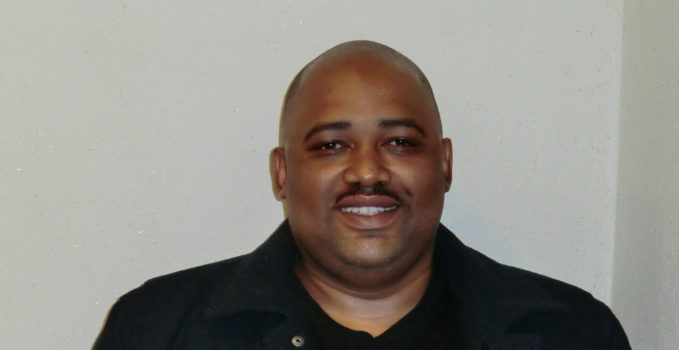
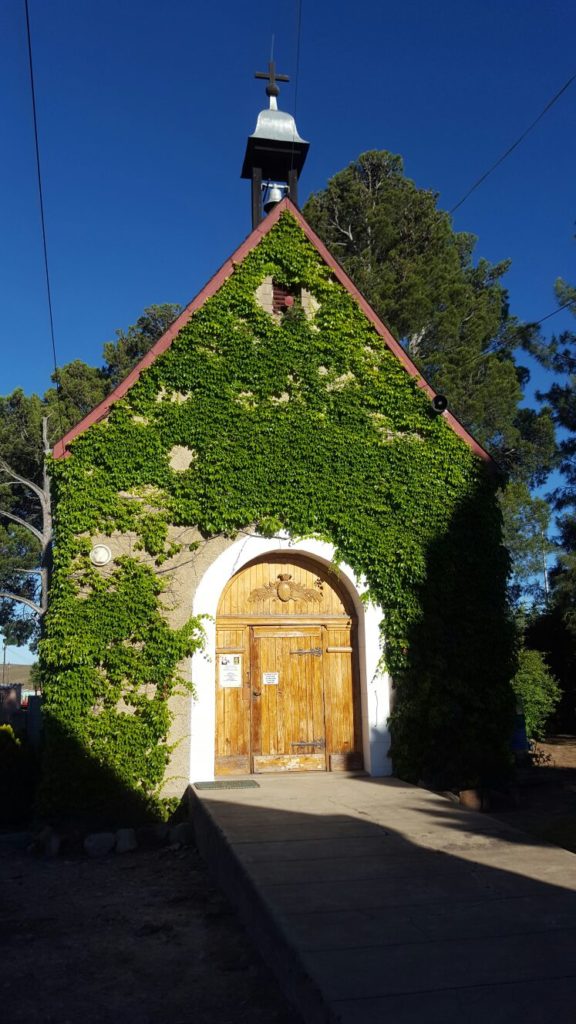
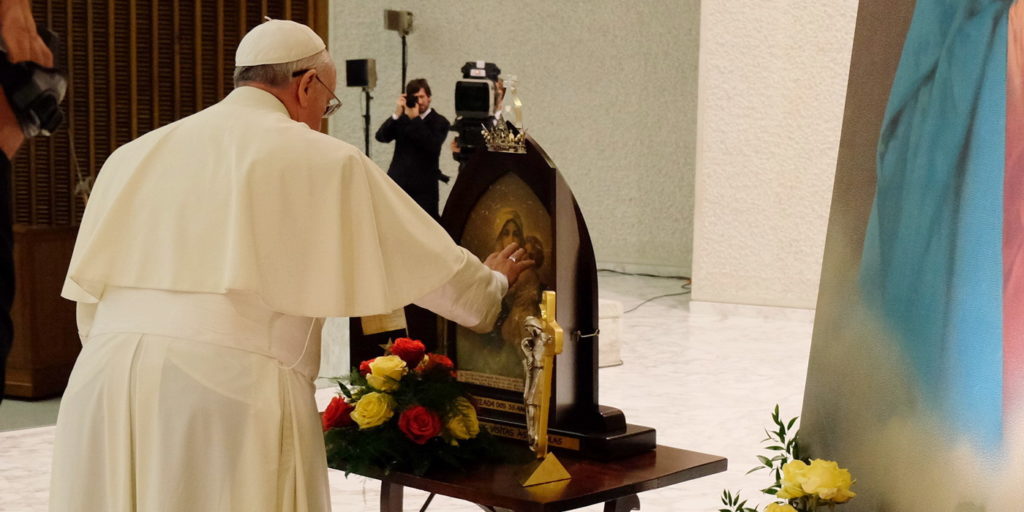
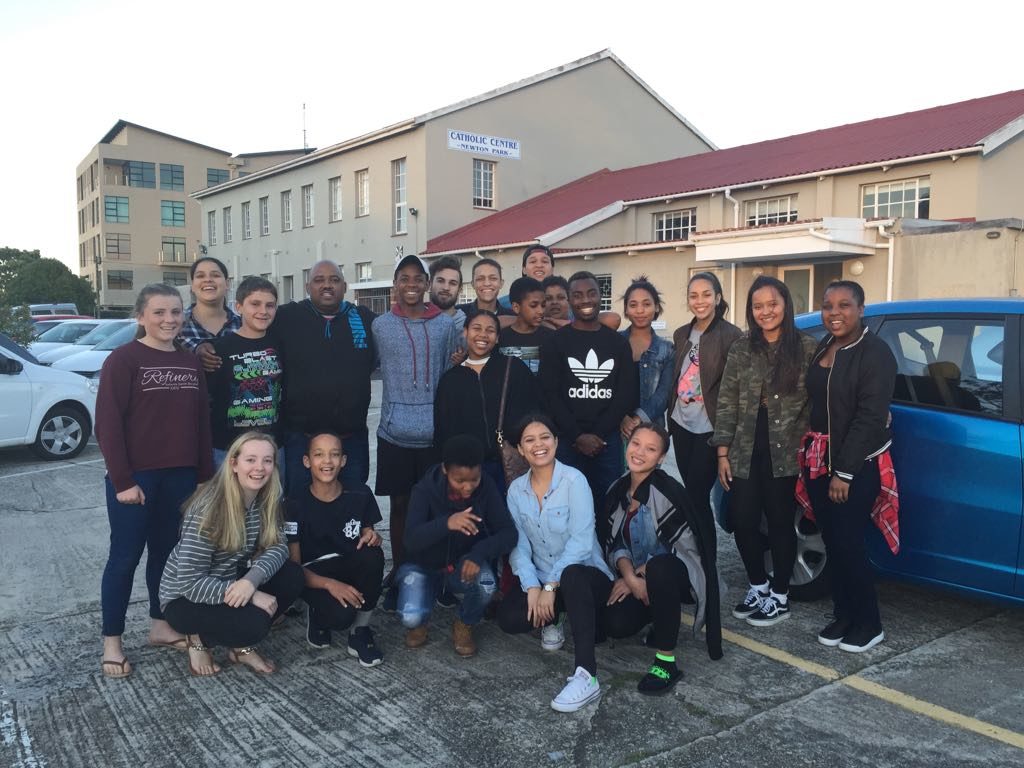
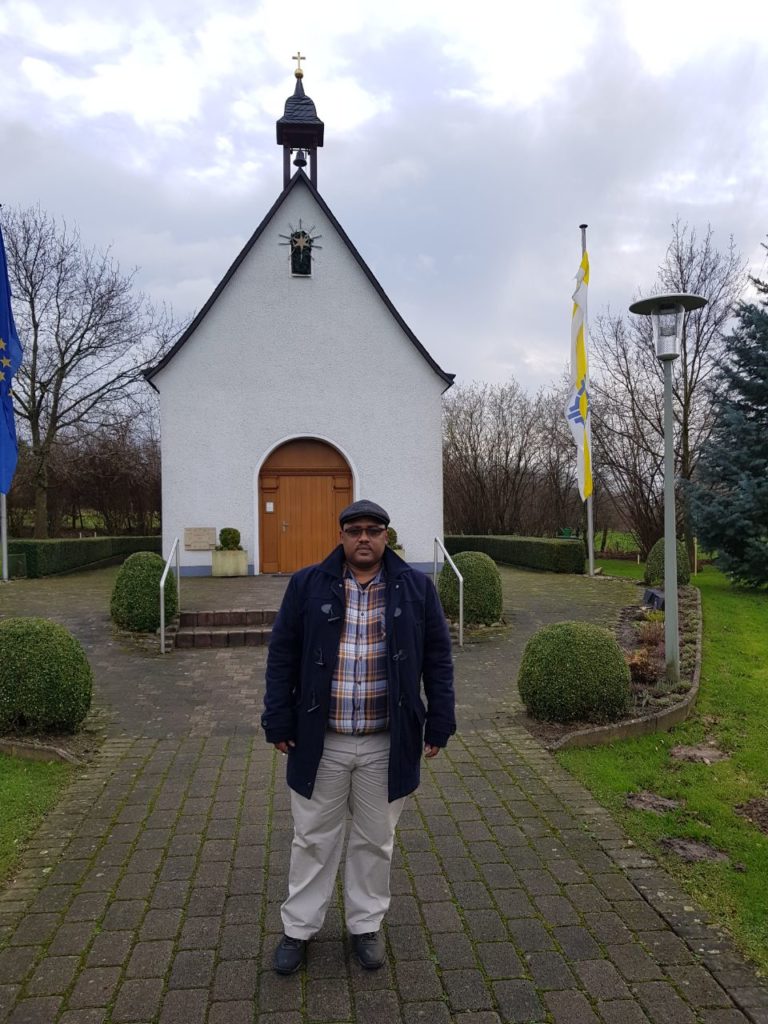
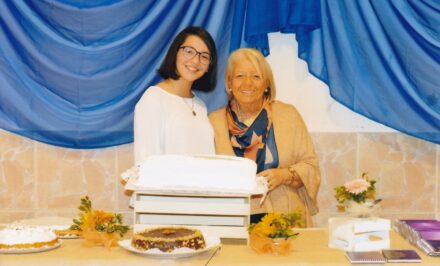
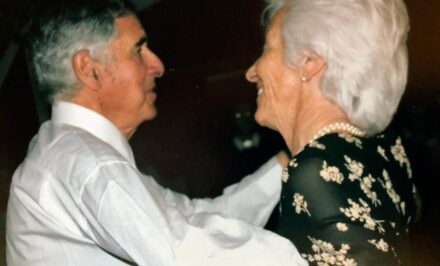
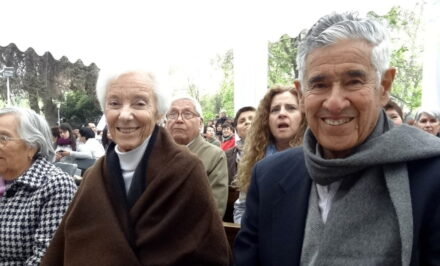
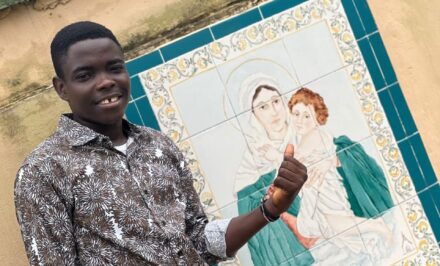








It’s food for thought which gives a desire for further research about the Vatican ||, it’s pure vision and plan
Fr. Ludwe, you’re the kind of priests South Africa needs. Cathcart has also played an important part in my life. It really proves that grace is at work from that beautiful place. Come visit us in Cape Town some time!
Thanks Many thanks ! Very inspiring.
Kindly pray for the development of our Schoenstatt community in India, Kerala.
Lovely interview Fr. So grateful for Vatican 11 and Pope Francis.
Congratulations Father Ludwe. Post it far.